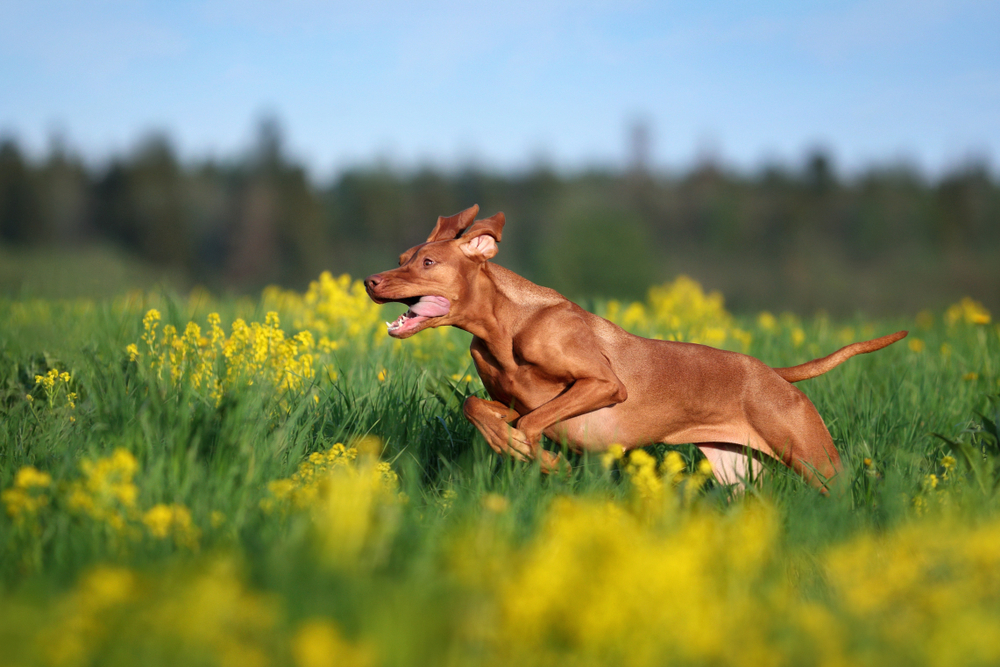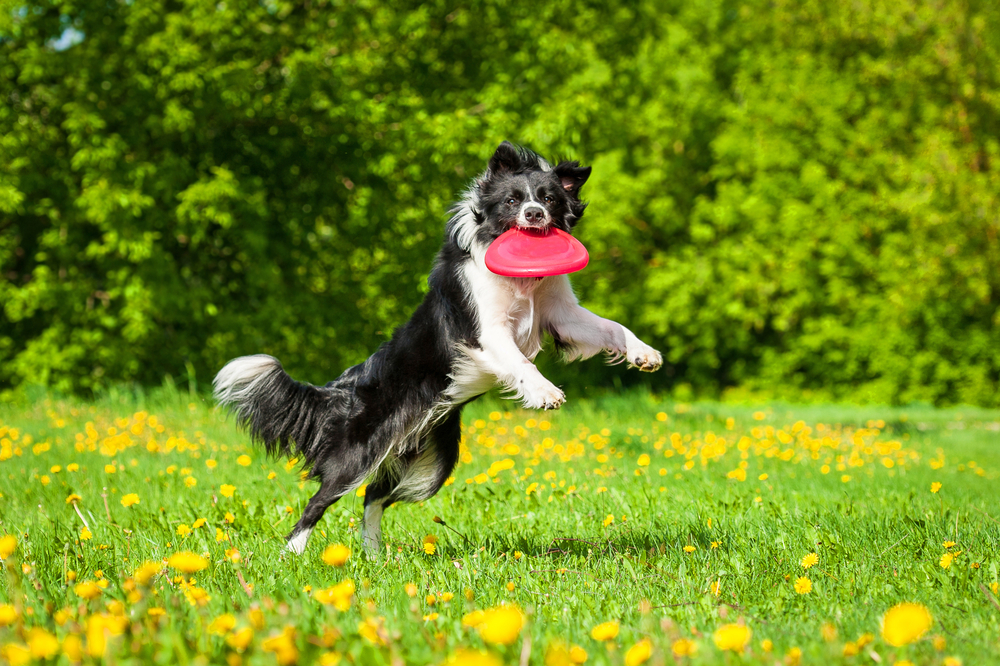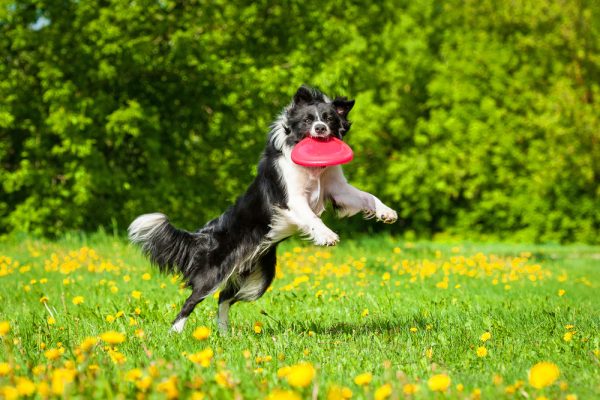When the weather turns warmer and sunnier, suddenly, it’s like a celebration. Winter is over; no more snow or cold temperatures! Even your dog seems to get wrapped up in the excitement. It makes you wonder if dogs get spring fever like people. Some evidence suggests this seasonal phenomenon is a thing for both humans and canines.
The explanation for this reasoning is quite logical in both cases. It’s also something that exists across the animal kingdom, particularly in areas where there are evident seasonal differences. We may associate spring fever with the end of the school year and vacations, but it means something very different in other species.

Defining Spring Fever
When people talk about spring fever, they’re often referring to the increase in energy and vitality that they feel when the weather changes in the spring. The obvious change that may precipitate spring fever is warmer temperatures. However, it’s not always a reliable predictor of what may unfold in the following days and weeks. The thing that is non-variable is the amount of light during the day or photoperiod. Many animals, including birds and rodents, can sense it innately, as it sets the stage for courtship and mating.
Humans have a structure within the hypothalamus in their brains called the suprachiasmatic nucleus (SCN), which detects day length. Our eyes, via the retina, send this information to the pineal gland. It can, in turn, regulate the release of melatonin. That’s the hormone that promotes sleep. As the photoperiod gets longer, the brain releases less melatonin, keeping us awake and allowing us to enjoy the longer days.
We can recognize the change in our emotions that we call spring fever, although it’s not an official medical condition. However, a similar pattern of hormone release and seasonal behavior occurs in other animals, including dogs.

Dogs and Spring Fever
Understand that dogs experience spring fever a bit differently from us. The changes in daylight length and temperature can make springtime particularly exciting and stimulating, which could lead to a change in their behavior. Signs of spring fever in pets include:
- Increased energy
- Waking up earlier
- Increased curiosity
- Becoming territorial
- Spending more time in the sun
Dealing With Spring Fever
If your dog becomes overly exuberant with the coming of spring, you may need help to ride the emotions out and live in the moment. That can mean an outing at the dog park for your pup to let them work off their exuberant energy. You can also take your pet for a long walk, which will provide much mental stimulation and enrichment.
When the season changes, renewed wildlife activity is sure to provide additional diversions, with squirrels and chipmunks running around your backyard. Make sure to keep an eye on your pet in case the chase gets serious. You can also plan a road trip to a new park or trail for you both to explore. Whatever form the activity takes will tire your pup for a long nap.
On a related note, we recommend starting your pet on flea-and-tick prevention if they aren’t on it year-round before enjoying these outdoor romps. Ticks are an unwelcome harbinger of spring that can even exist in your backyard.

Final Thoughts
Spring and the lengthening days signal to wildlife that the cycle of life has begun anew. Dogs likely have this same instinct. You’ll probably notice the increase in activity outdoors, with the warmer weather causing spring fever in your household. We suggest going with the flow and enjoying the change of seasons with more time outside. However, you should also be more alert, as this change in behavior and energy could put your pet in danger. So, practice their recall skills and mix up their walk to keep them both safe and stimulated.
Featured Image Credit: Rita_Kochmarjova, Shutterstock









